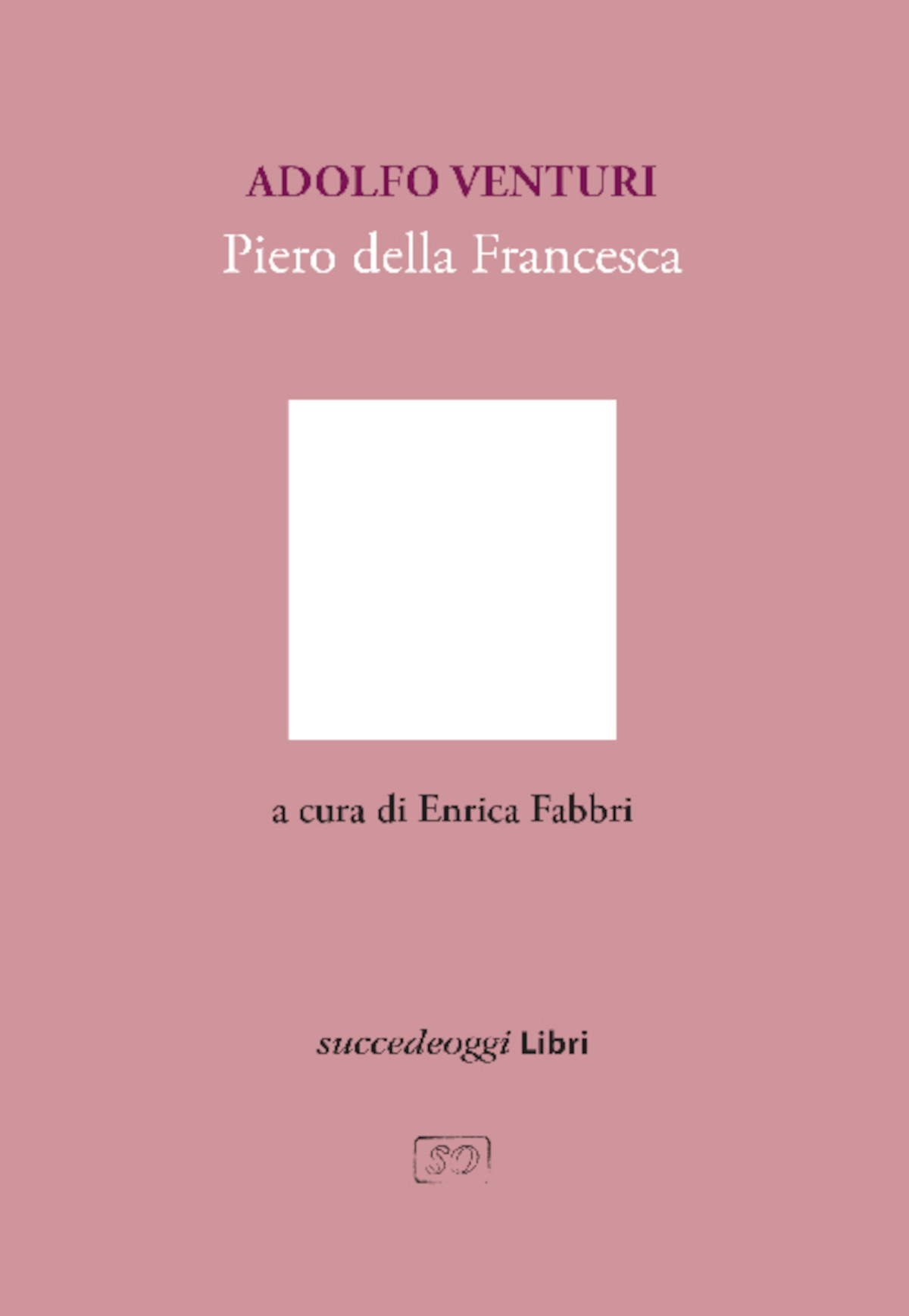Succedeoggi Libri has republished in its entirety the essay that Adolfo Venturi (1856-1941) dedicated in 1922 to Piero della Francesca, offering contemporary readers a rare opportunity for direct confrontation with one of the fundamental texts of Italian criticism. The new edition, edited by Enrica Fabbri, restores the full interpretive force of an art historian who helped define the discipline as autonomous, based on method, direct observation and documentary rigor. The volume represents a key to understanding the greatness of the artist from Sansepolcro, but also a point of reference for those who intend to follow the roots of modern historiography. Adolfo Venturi was among the first to conceive of art history as an autonomous historical science, opposing an approach based on reproductions or abstractions and emphasizing the importance of visual contact with the original. His methodology involved observing and re-observing works to grasp their style, structure and context, promoting a rigorous and informed approach to artistic knowledge. In this framework, the essay devoted to Piero della Francesca takes on a paradigmatic value: the painting of the master from Sansepolcro is read there as a rational and visionary construction at once, founded on light, space, measure and invention, in which figures appear suspended in a stillness that speaks to the present.
Venturi reconstructs Piero’s painting as a synthesis of geometric order and visual intensity, offering a reading capable of definitively placing the artist among the protagonists of the Renaissance alongside Paolo Uccello and the other masters of visual harmony. Venturi’s criticism helps consolidate a modern image of Piero, highlighting his perspective rigor, pictorial luminosity and formal balance, characteristics that justify his central role in the history of Italian art. The value of the volume does not end with the analysis of a single artist. The essay is also an example of critical writing that conveys the cultural and educational function of artistic knowledge. Indeed, Venturi was a promoter of the introduction of History of Art in Italian high schools, convinced that educating the eye was an essential part of young people’s education. The text, therefore, allows for an understanding of Piero della Francesca’s works and Venturi’s vision of the public and civic role of art, revealing how visual culture could contribute to the formation of conscious citizens. The republication of the essay now makes it possible to rediscover the roots of Italian critical thinking, questioning readers about how they observe and interpret artistic heritage.

Venturi’s career comes at crucial moments in the institutionalization of art-historical studies in Italy. After serving as deputy director of the Museums of the Kingdom between 1891 and 1898, he took over as director of the National Gallery of Ancient Art at Palazzo Corsini in Rome. In 1901, he left all public office to take up the first university chair of Art History at La Sapienza University, established specifically for him. His influence extended to generations of scholars, including Cesare Brandi, Giulio Carlo Argan, Carlo Ludovico Ragghianti and his son Lionello, consolidating the Italian school of art criticism. Author of the monumental Storia dell’Arte Italiana (History of Italian Art), published between 1901 and 1940, Venturi also devoted himself to essays on great Renaissance artists, often reassessing their centrality in an era marked by critical fashions that tended to overlook them. The figure of Piero della Francesca occupies a prominent position in this context: Venturi highlighted his rigorous construction, handling of light, sense of space and formal harmony, elements that still define his artistic profile today. Parallel to his academic activity, Venturi promoted the dissemination of visual culture in schools, emphasizing how education in beauty constitutes a factor of civil growth.
 |
| Piero della Francesca re-read by Adolfo Venturi: republished classic of criticism |
Warning: the translation into English of the original Italian article was created using automatic tools. We undertake to review all articles, but we do not guarantee the total absence of inaccuracies in the translation due to the program. You can find the original by clicking on the ITA button. If you find any mistake,please contact us.